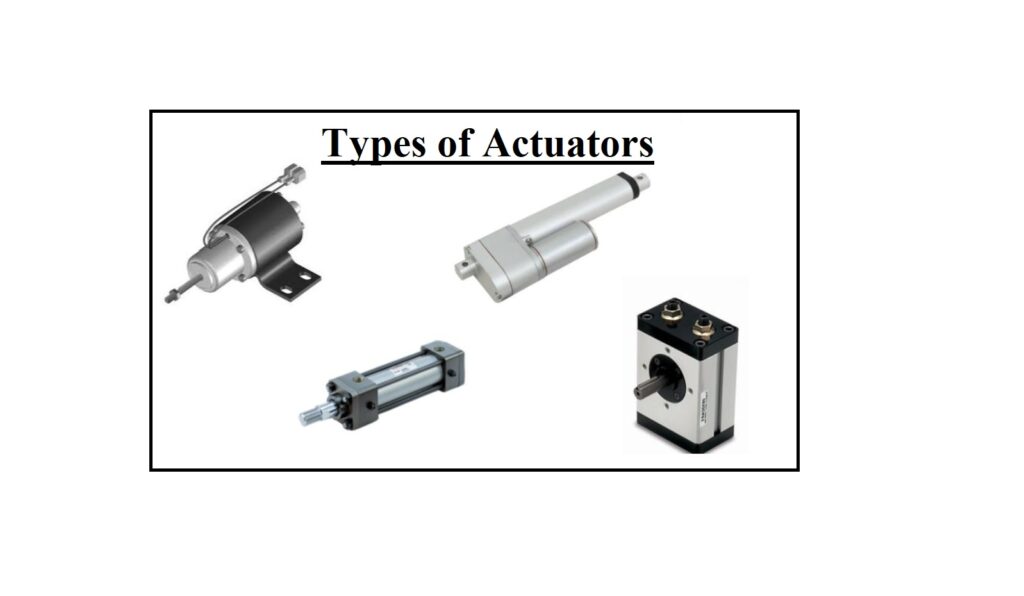Types of Actuators- Actuators come in a variety of shapes and sizes and are used to regulate or move a system or mechanism. An actuator requires an energy source to operate such as hydraulic fluid pressure, electric current, or pneumatic pressure, and converts energy into motion.
What are the Different Types of Actuators?
Whether you’re a machine expert or just starting to learn about motor device parts, you’ve probably heard about the actuator and its importance.
Actuators are used to control the movement of machines in general. Actuators, on the other hand, come in a variety of shapes and sizes, and they employ a variety of power sources to achieve diverse motions. Distinguishing the differences between these motion-controlling devices will aid you in troubleshooting parts and improving your machine’s processes.
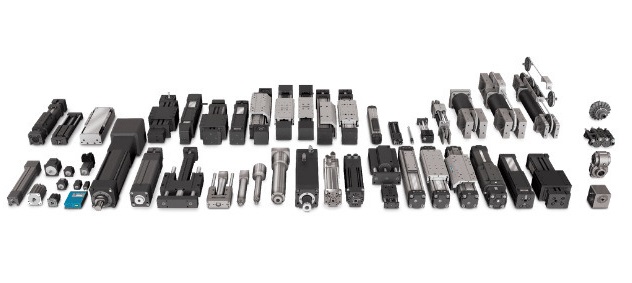
Let’s look at the many sorts of actuators and their purposes, as well as some advice for keeping them in top functioning order.
What is an Actuator?
An actuator is a machine part that receives feedback from a control signal and then begins movement. The actuator makes distinct motions depending on the machine’s purpose once it receives electricity.
What Are Some Devices with Actuators?
Actuators have been used in machines and systems since their introduction in World War II. Actuators include the following well-known examples:
- At least one actuator can be found in any portion of a piece of equipment or appliance that converts electrical energy into motion, such as ventilation fans, blenders, or refrigerators. Actuators are also used in electric vehicles.
- Stepper motors are a type of actuator that receives digital pulses and converts them into mechanical motion. Robots, smart tools, and automated cutting equipment all use stepper motors.
- Hydraulic cylinders are linear motion devices that use a tube, piston, and rod to function. Bulldozers, backhoes, and excavators are examples of vehicles that use hydraulic action.
Some Different Types of Actuators
Actuators are divided into two categories based on the motion they produce and the power source they utilize.
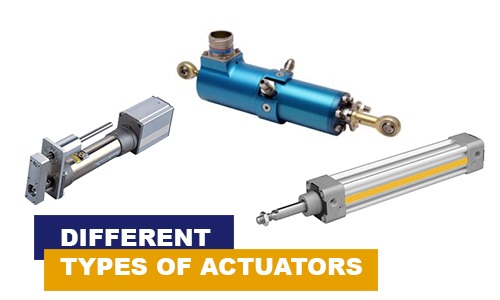
- Motion
Two forms of motion can be created by actuators: linear and rotary motion.
Linear Actuators
Linear actuators, as their name suggests, are devices that move in a straight line. They are typically found in hydraulic and pneumatic equipment and can be mechanical or electrical. A linear actuator is found in almost every machine, piece of equipment, or device that requires straight motion.
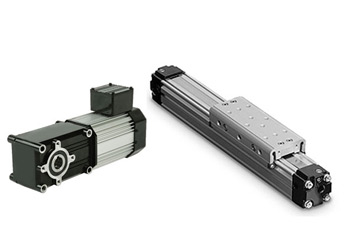
A nut, cover, and sliding tube make up a simple linear actuator. The space for motion is provided by the sliding tube, while the interlocking movement is provided by the nut and cover, which keeps the actuator in a straight path. Other more complicated linear actuators will have more components, but the mechanism described above is the foundation for straight movement.
Rotary Actuators
Rotary actuators, in contrast to linear types of actuators, produce a round motion. Most machines, as the term “rotary” implies, use rotating elements to accomplish a turning movement. If a machine needs to move forward, backward, up, or down, they are frequently utilized in connection with a linear actuator.
Many rotary actuators are powered by electricity, but others are powered by hydraulic or pneumatic systems. Windshield wipers, electric fans, and manufacturing machinery that carry things from one location to another all use rotary actuators.
- Source of Energy
We may further distinguish between different types of actuators by sorting them according to the power source or system they utilize to move. Based on the energy source, the following are the most prevalent actuators:
Hydraulic Actuators
Hydraulic actuators use a fluid-filled cylinder with a piston positioned in the middle to function. Hydraulic actuators typically create linear movements, with a spring linked to one end for return motion. These actuators can be found in a variety of exercise equipment, including steppers and car transport carriers.
Pneumatic Actuators
Pneumatic actuators are one of the most dependable machine motion alternatives. To create mechanical movement, they use compressed gases. Many businesses prefer pneumatic actuators because they can perform extremely accurate actions, particularly when starting and stopping machines.
Pneumatic actuators are used in the following equipment:
- Exercise machines
- Bus brakes
- Pressure sensors
- Vane motors
- Pneumatic mailing systems
Electric Actuators
Electrical actuators, as you might expect, rely on electricity to function. Electric cars, manufacturing gear, and robotics equipment are all well-known examples. They produce accurate motion in the same way that pneumatic actuators do because the flow of electrical power is constant.
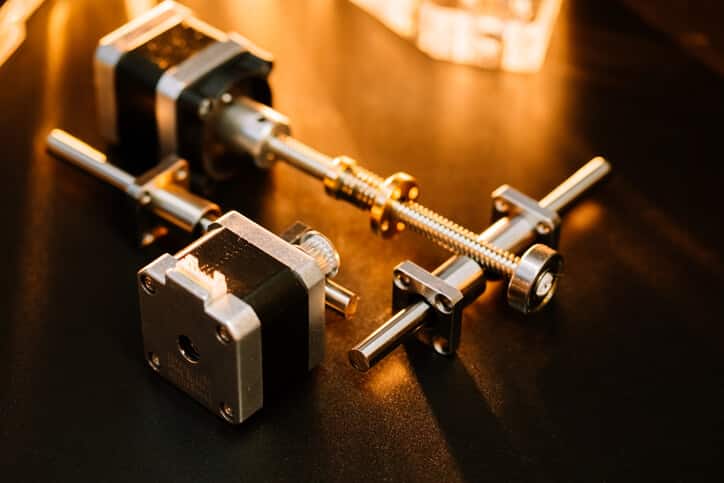
The following are examples of electrical actuators:
Electromechanical actuators: These actuators transform electrical signals into rotational or linear motions or a mix of the two.
Electrohydraulic actuators: These actuators are also electrically powered, but they move a hydraulic accumulator. The accumulator, which is commonly used in heavy industrial equipment, then provides the force for movement.
Thermal and Magnetic Actuators
Shape memory alloys that can be heated to induce movement are commonly used in thermal and magnetic actuators. The Joule effect is generally responsible for the motion of thermal or magnetic actuators, but it can also happen when a coil is placed in a static magnetic field. The Laplace-Lorentz force is a steady motion caused by a magnetic field. While most thermal and magnetic actuators are lightweight, they may create a wide and powerful range of motion.
Mechanical Actuators
Pulleys and rack and pinion systems are examples of mechanical actuators. Another mechanical force, such as pulling or pushing, is applied, and the actuator uses that single movement to achieve the desired consequences. For example, moving an object from point A to point B can be accomplished by spinning a single gear on a set of racks and pinions. The tugging motion on the pulley can cause the other side to rise or move towards the desired place.
Supercoiled Polymer Actuators
Actuators made of supercoiled polymer are a relatively new addition to the various types of actuators. They’re utilized in robotics and prosthetic limbs because they can imitate human muscle movements with a coil that contracts and expands as it’s heated or cooled.
How to Select the Right Actuator
Understanding the various types of actuators is essential for selecting the optimal choice for your machinery. We’ll go through elements that will help you make the best option because each variety has its own purpose and energy requirements. Visit here to see the ability of various types of actuators.
Power Source Availability
The compatibility of your power supply is the first item to examine. Electric actuators are likely the finest option—and the option with the most possibilities— you own an industrial location with an electrical source. You can choose pneumatic or hydraulic types of actuators if there are no electrical sources in the area or if you want a fully functional piece of equipment without electricity.
Required Movement
Another consideration when selecting an actuator is the range of motion required by your equipment. Is it linear, rotational, or a hybrid of the two? To assist you in concretizing the final equipment, custom-made actuators can combine or create various motions in sequential order.
Precision
Some actuators have a higher level of precision than others. Pneumatic actuators, for example, are used to construct air brakes since air pressure is known to be efficient in starting and stopping movements. Other actuators such as those powered by hydraulics, have a wider range of movement variations.
Any industry that requires a high level of precision for safety and operation success should think about actuators with specific movements.
Safety and Environmental Concerns
Another thing to keep in mind when selecting an actuator for your equipment is safety. In regions with excessive temperatures or conducting risks, electrical or thermal actuators should be utilized with caution. Operating electrical actuators near a water body, for example, without sealing or other safety procedures could pose an occupational hazard.
If your organization is likewise devoted to reducing its carbon footprint, you’ll want to keep track of the environmental impact of each actuator. Electrical actuators typically have a low to no carbon impact.
Official Guidelines
In some places, there are additional special guidelines to follow for industrial actuators. For example, sites with a high concentration of flammable gases should follow the National Electrical Manufacturers Association’s guidelines (NEMA).
Maintaining Your Actuator
Maintenance is required for any equipment. Keeping your actuators in perfect condition will help you avoid severe shutdowns, risks, and lost productivity. Here are some general guidelines for keeping your actuators in good working order.
Inspection regularly: Routine visual equipment inspections can detect early indicators of actuator problems. To inspect for wear and tear, a mechanic with a good eye is required.
Replenish and replace: Hydraulic actuators require cylinder fluid replenishment from time to time. Check for leaks and indicators of low hydraulic fluid levels at all times. In your actuator parts, replace any loose or damaged nuts, bolts, coils, or screws.
Measure performance data: Actuators may not display visual indicators of a malfunction in some circumstances, but performance can be used to track down difficulties. If you wish to catch deeper flaws, automated graphing and output computation may be required.
Applications for Different Types of Actuators
In engineering, actuators are frequently used to introduce motion. They can, however, be clamped to an option in order to cease motion. Actuators are used in a variety of applications, including the following:
- Hydraulic piston
- Comb drive
- Relay
- Electric motor
- Digital micromirror device
- Thermal bimorph
- Electroactive polymer
- Piezoelectric actuator
- Servomechanism
Buy Equipment or Ask for a Service
By using Linquip RFQ Service, you can expect to receive quotations from various suppliers across multiple industries and regions.
Click Here to Request a Quotation From Suppliers and Service Providers
Read More In Linquip
- Working Principle of Stepper Motor: 2022 Ultimate Guide
- The efficiency of Electric Motor: A Simple Guide
- The 9 Best Infrared Thermometers in 2023
- What is the Principle of Electric Motor: The Concise Answer
- The Good Guide to Types of Electric Motors
- Difference Between Actuator and Sensor: The Ultimate Guide
- A Good Look at Types of Thermostats
- Types of Thermistors; A Fundamental Comparison Between Them
- Types of Capacitors: All You Need to Know
- A Brief Look at Types of Multimeters

